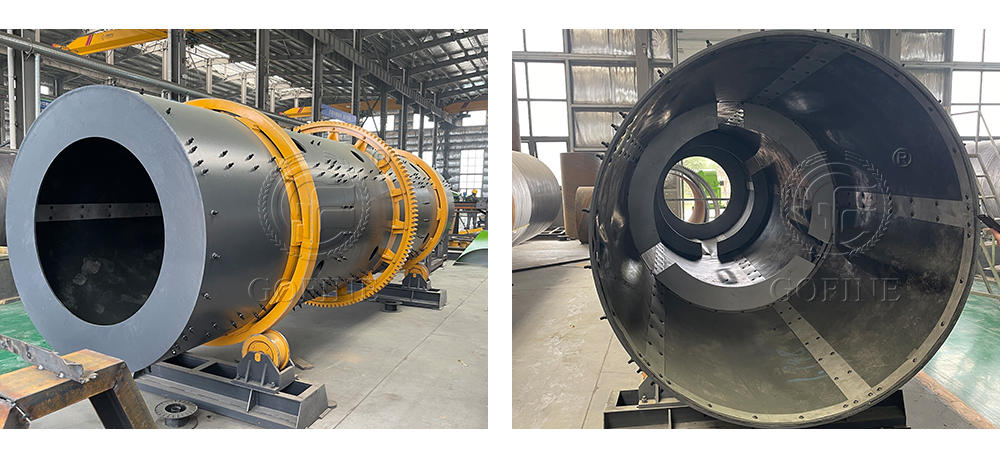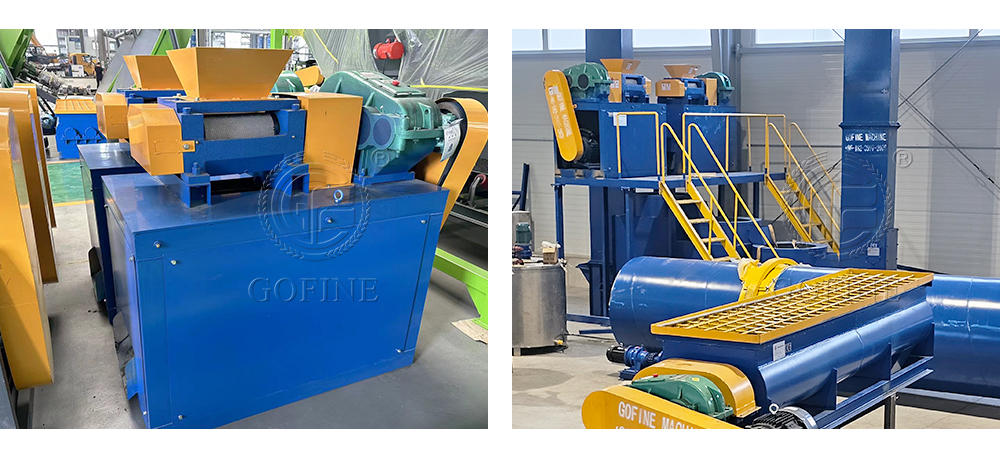
Slow-release fertilizer granulation process
2024-06-20Slow-release fertilizers are added with slow-release controlled-release agents or fertilizers with slow-release characteristics in the fertilizer granules. By controlling the release rate of nutrients in the fertilizer, plants can absorb nutrients for a long time, thereby improving nutrient utilization and reducing the number of fertilization times.
The production of slow-release fertilizer granules is usually more suitable for the wet granulation process.
The wet granulator process is a common granulation method, such as organic fertilizer granulator, compound fertilizer granulation production, inorganic fertilizer granulation machine processing, etc. This process is to mix the raw materials with additives and add an appropriate amount of liquid (usually water or organic solvent) for wet granulation to form a granular product of a certain size and shape.
Steam Type Wet Rotary Drum Granulator
The steam type wet rotary drum granulator is used to wet granulate powdered or granular raw materials by spraying steam.
The rotary drum granulator is widely used in slow-release fertilizers, organic fertilizers, compound fertilizers, inorganic fertilizers, chemical fertilizers, pesticides, and other industries. It can effectively convert raw materials into ideal fertilizer granule products and improve fertilizer utilization and market competitiveness.
Working principle of rotary drum granulation:
The raw materials enter the steam type wet rotary drum granulator through the feed port, and the steam will be evenly sprayed on the rotating raw materials to make the surface of the material wet. Then the fertilizer granules continue to roll and turn inside the drum, gradually forming round granular fertilizers.
Slow-release Fertilizer Granulator Production Line
1. Batching system: prepare the required raw materials, weigh and transport them in multiple bins according to the formula requirements.
2. Crusher: quickly crush the materials to the ideal particle size.
3. Mixer: the main raw materials and auxiliary raw materials are put into the mixing equipment to ensure that the various raw materials are fully mixed and the quality of the final fertilizer granules is guaranteed.
4. Wet granulator: the processed fertilizer raw materials are sent to the steam type wet rotary drum granulator, and the material is driven by the rotation of the drum to gradually form spherical granular fertilizers of a certain granules size.
5. Drying and cooling machine: the granules produced by wet granulation have a high water content, and drying and cooling processes are required to increase the hardness of the granules.
6. Screening machine: the dried granules are screened, and the granules that do not meet the requirements are crushed and granulated to strictly control the quality of the fertilizer granules.
7. Packaging machine: the fertilizer granules that meet the requirements are weighed and packaged for easy storage and transportation.
A complete slow-release fertilizer granulator production line can realize the automated production of a series of process steps such as raw material preparation, mixing, granulation, drying, and packaging, thereby improving production efficiency, ensuring product quality, and reducing production costs.
Compared with the wet granulator process, dry granulation encounters some difficulties in the uniform mixing of slow-release controlled-release agents and the process of granule formation, which is not conducive to the production of fertilizer granules with slow-release effects.
Dry granulator is mixing the raw materials under dry conditions and extruding the materials through a double-roll extrusion granulator to form granular fertilizers. It is often used to produce water-soluble fertilizer granules.
Wet granulator and dry granulator processes are two common fertilizer granulation methods. There are specific solutions according to different fertilizer formulation requirements.
You are welcome to contact us!


